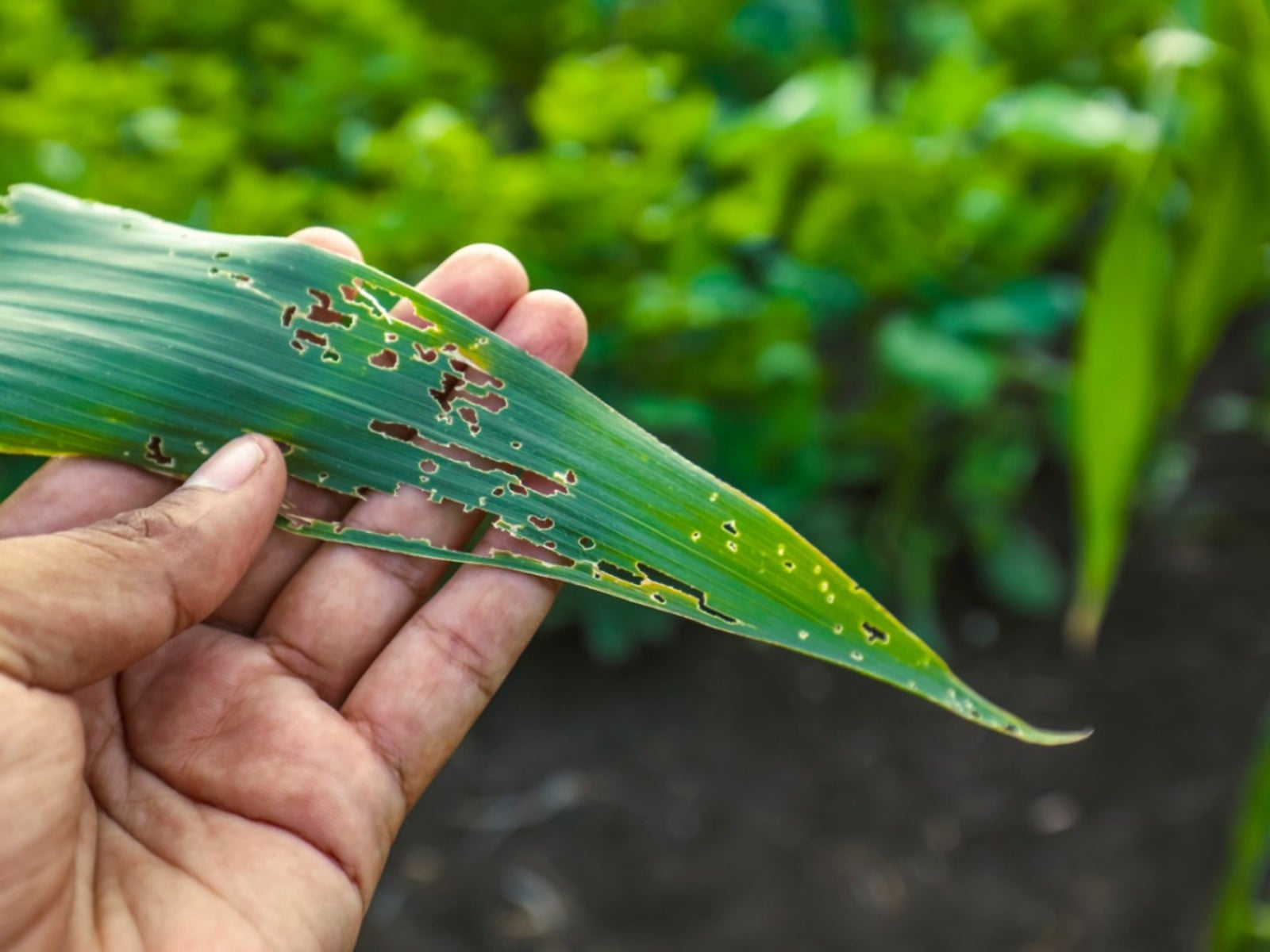Care Of Damaged Plants: Information For Salvaging Injured Plants

It is disconcerting to discover a problem with your plants. Instead of getting worked up over things you cannot do and throwing them away, however, why not learn what you can do? The basic care of damaged plants may not be as difficult as you think. With a little know how, you can find ways for reviving stress damaged plants and making them well again.
Damaged Plant Care
Oh no, my beautiful coleus (or other favorite plant) is looking bedraggled! What can be done to perk up a stress damaged plant? Whether due to under or overwatering, sunscald, pests, or disease, inadequate fertilization or what have you, it may be advisable to retrieve a sample for diagnosis. Take the sample to a reputable nursery or contact your local Master Gardener chapter or extension service for a professional opinion and information on how to salvage your injured plants. That said, there are some simple remedies for reviving stress damaged plants, but first you must become something of a detective.
Questions for Salvaging Injured Plants
When it comes to dealing with common plant problems, it helps to assess the situation carefully. One of the easiest ways to accomplish this is by asking questions. Important questions to ask regarding your stress damaged plant include:
- First of all, this may seem elementary my dear Watson, but what type of plant are we working with here?
- Consider where the damaged plant is located; sun, partial shade, or shaded area, etc. Has it been recently transplanted or otherwise moved? Are any other plants in this location afflicted?
- Examine the plant closely to determine the extent of damage. When were the first symptoms noted? Has there been a progression of symptoms? What part of the plant was affected first? Are insects observed and, if so, what do they look like?
- Identify what type of soil the damaged plant resides in. Tight clay or loose, sandy soil? Have there been fungicides, insecticides, or weed killers used in this area? Salt or ice melt utilized on or around the damaged plant? Additionally, consider your irrigation and fertilizing routine.
- The final checks to cross off are in regards to mechanical damage, such as weed trimmer injury, construction, or utility work nearby and even traffic pattern. Is the suffering plant regularly or infrequently tromped on by the kids when they run for the school bus? This last bit is a fairly obvious causal effect, but in one's dismay over the damaged plants, it may also be overlooked.
Care of Damaged Plants
Once you have considered the above questions, you are ready to take on damaged plant care based on the answers. Some of the more common tips for salvaging injured plants include the following:
- First, prune any broken branches or stems to within ¼ inch (6 mm.) of a live bud or branch. Do not prune outdoor plants if there is any danger of frost, as recent pruning leaves the plant susceptible to additional damage. If branches or stems are damaged but not broken, stake the damaged area and tie with soft fabric or string. This may or may not work, and if not, the broken branch should be pruned.
- If a potted plant appears to be root bound (roots are growing through the drainage hole), transplant to a larger container.
- If you suspect a houseplant has been overwatered, remove the damaged plant and wrap the roots in a dry towel. Let the towel absorb any excess water. Trim off any rotting or mushy roots.
- If there has been a period of frequent freezing and thawing (known as frost heave) and your outdoor plants roots are pushing up out of the soil, push them back into the soil or wait until a thaw and then dig deep enough to recover roots.
- Consider the simplest routes to reviving your stress damaged plant. A stress damaged plant's most likely fix is a quick one, as the damage is probably caused by over or underwatering, a temperature flux, or maybe just a need for fertilizer.
Once you have gone through the above and checked off the least likely (such as absence of pests and tromping children), the solution may be as easy as transplanting to a different environ, watering more frequently (or not, as the case may be), or regular feeding of your stress damaged plant.
Gardening tips, videos, info and more delivered right to your inbox!
Sign up for the Gardening Know How newsletter today and receive a free copy of our e-book "How to Grow Delicious Tomatoes".

Amy Grant has been gardening for 30 years and writing for 15. A professional chef and caterer, Amy's area of expertise is culinary gardening.
-
 Types Of Tomatoes Explained: Explore The Many Wonderful Shapes, Colors, Flavors, & Best Uses
Types Of Tomatoes Explained: Explore The Many Wonderful Shapes, Colors, Flavors, & Best UsesThe world of tomato varieties is vast and fascinating. Learn about the key types to grow in your garden, tailored to your preferences and space.
By Amy Grant
-
 Try The Trend – Turn Any Bed Into A Keyhole Garden With This Clever In-Ground Composter
Try The Trend – Turn Any Bed Into A Keyhole Garden With This Clever In-Ground ComposterKeyhole gardening is an efficient and sustainable practice that saves space. Get started on this DIY project quickly and easily with an in-ground composter.
By Bonnie L. Grant